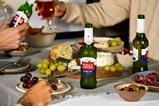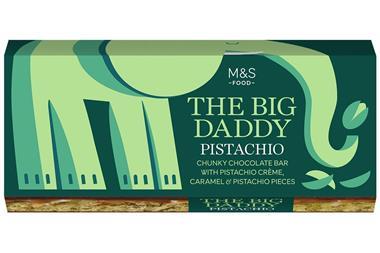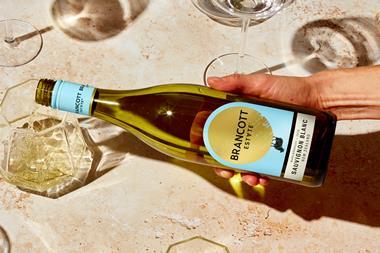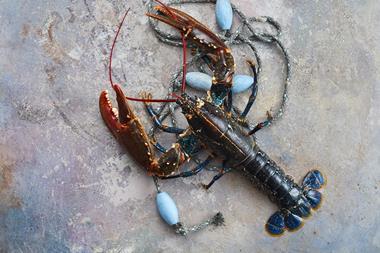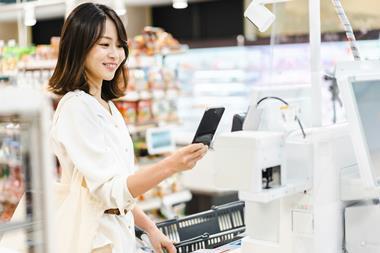Although the beer category is continuing to flourish in the wake of the pandemic, brands still need to maintain diverse strategies to meet evolving consumer needs and ensure ongoing success. Find out more about how they can brew up a winning strategy.
The beer category is seeing real momentum, having grown in share faster than any beer wines & spirits (BWS) category since the pandemic[Nielsen].
In fact, Covid-19 caused a seismic shift for beer towards the off-trade, which picked up between 30-40% of on-trade beer volume, boosting sales after years of historical decline[Nielsen]. Even three years after the pandemic, there is a lasting effect as consumers prioritise at-home occasions, heightened by the current cost-of-living crisis.
However, beer companies need to be aware of the importance of expanding and evolving their portfolios to cater to emerging consumer needs, says Mark Wingfield-Digby, off-trade director at Anheuser-Busch InBev (AB InBev). “Consumers are looking for the next best thing, and tastes are constantly evolving,” he says,. “So, it’s important to pay homage to the heritage of brands but also look to expand offerings to meet the changing market and create products that meet audience expectations. Standing still is the same as moving backwards.”
AB InBev crafts three key global brands: Budweiser, Corona and Stella Artois. “The company is proud that, for the first time, these beers are the leading brands in the off-trade[YTD], and we share this result alongside out customers, with whom we work to engage shoppers and grow the overall beer category,” he notes.
Occasions & events
Beer plays an important role in UK culture. Whether rallying for major sporting events, enjoying BBQs in the sun, or just socialising, Britons are a nation of drinkers and beer is the biggest seller. To grow the category, it is important to ensure brands are synonymous with the biggest beer occasions and events.
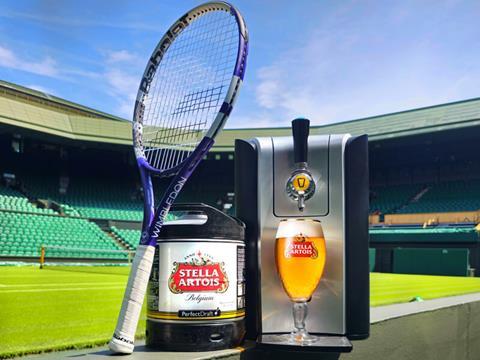
“As an official partner of the Wimbledon Championships, Stella Artois will enable retailers to bring to life the uniquely premium experience of Wimbledon, with new packs and in-store theatre, while giving consumers the chance to win Centre Court tickets,” says Wingfield-Digby. “This is truly a premium activation, for a premium product, at a premium event.”
The company has also expanded the brand into new categories with the launch of Stella Unfiltered, he reveals. “The launch has proven to be a hit with consumers, gaining a 1.5% market share of the super-premium segment in 12 months[Off-trade], and becoming the ninth biggest super-premium beer by volume[Off-trade].
“Budweiser’s value has also grown by 65% in the last 10 years, becoming the second biggest brand in the off-trade[Neilsen]. In recent years Budweiser Brewing Group has amplified the brand’s longstanding connection with football and was especially proud to support the Lionesses in 2023 with its biggest-ever off-trade campaign. This will continue in 2024, with Budweiser the Official Beer of the England Men’s Football team.
“Meanwhile, the creation of Corona Island brought to life the essence of the brand with the natural environment and freedom associated with the beach,” he explains. “This gives retailers the chance to sell moments, not just beer. On the back of this campaign, Corona reached its all-time highest market share this year in the off- trade, becoming the No.1 contributor to super-premium growth[Neilsen].”
Premium innovation
Innovation is an important driver of growth, allowing brands to cater to existing customers, as well as meet the needs of new ones. So while successful global brands are important, it’s also vital to seek out opportunities to expand any portfolio.
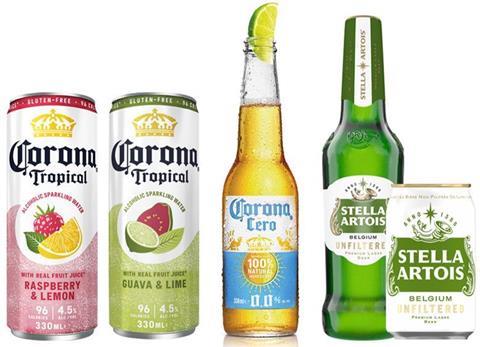
While the no and low beer category is still small compared to the overall beer category, at 2.5% volume[Neilsen], it has seen huge growth in recent years, and AB InBev is supporting moves from retailers to allocate more space to this sub-category. In response to the growing demand for no and low options, the company has launched several alcohol-free versions of its beers, including Stella Artois Alcohol Free, Budweiser Zero and Corona Cero.
Meanwhile, world beers have also become a shopper favourite and growth is set to continue. By 2025, brands in the premium or super-premium category are forecast to make up 70% of total beer consumption[Budweiser Brewing Group]. “For retailers to capitalise on this category, they need to understand who is buying it,” says Wingfield-Digby. “World beer has seen the highest growth among the 25- to 49-year-old age groups[Kantar], with key occasions including planned social occasions such as meals and celebrations, as well as quiet nights in being a driving force[Budweiser Brewing Group].
“AB InBev is focusing on these growing segments with the launch of Stella Unfiltered – one example of a hugely successful beer brand giving consumers a new option to trade up to a super-premium variant,” he notes. “Beyond this, the company continues to grow Leffe, which has a strong heritage, by expanding into new pack formats and innovating its packaging. It is also seeing growth for its leading super-premium craft brand family, Camden, (up +28.4 in value vs LY[Nielsen]), with consumers increasingly choosing to pick up 330ml can mid-packs.”
Customer centricity
When considering customer centricity, it’s important, first and foremost, to focus on service level. In recent years, the beer category has faced supply chain challenges.
However, AB InBev considers service level as the base of the pyramid, in its customers’ hierarchy of needs and remains committed to this metric.
“With strong service, we believe we can focus on exciting and innovative marketing strategies that build upon existing partnerships and drive category growth,” says Wingfield-Digby. “The revitalisation of retailer loyalty programmes has been one such opportunity, where we have delivered successful large-scale in-store and online campaigns that lean on the strengths of our brand portfolio. We strongly believe that when our customers grow, we grow, so we are committed to working closely with retailers to ensure success.
“We will continue partnering with our customers in this area and are excited for what is to come. We are still only scratching the surface of how we can use the data from these programmes to drive better solutions for customers and consumers alike.”
What’s next for the category?

Budweiser Brewing Group is incredibly excited about the beer category in 2024 and beyond, he concludes. “I encourage retailers to focus on the winning brands, to go big on the activations that will make the difference and get behind the right NPD,” he says.
One highlight of 2024 must surely be the Euros! These football tournaments get bigger every year and next year will be no different, he adds. “We anticipate an 18% category lift for the period of the tournament, and with a resurgent England team and with games being played at convenient times, who knows how big it could be if the three lions reach another final.”










